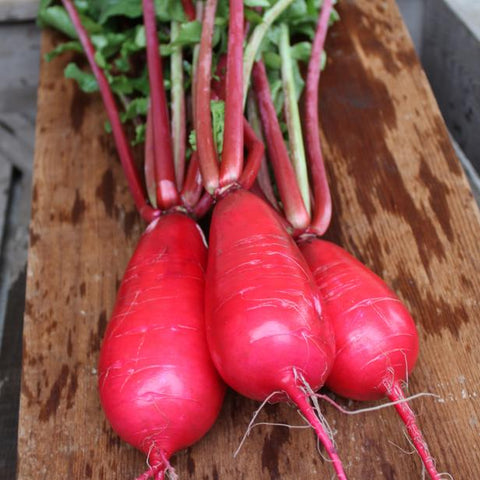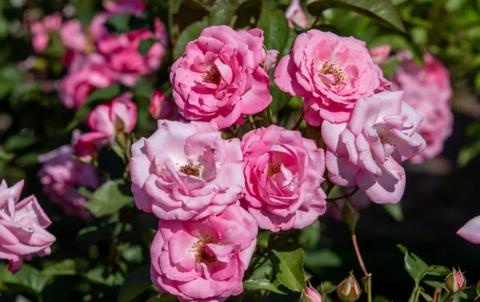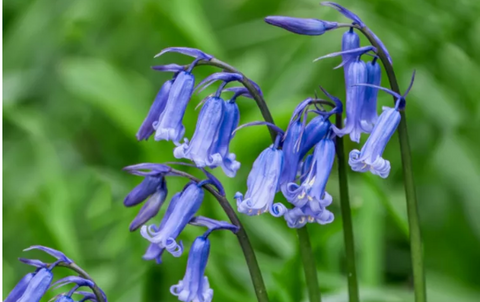Garden trellises are versatile structures that can elevate the aesthetics and functionality of any landscape. By incorporating trellises into your outdoor space, you can unleash a world of possibilities for vertical gardening, privacy screening, and architectural enhancement. In this article, we'll explore ten creative ways to integrate garden trellises into your landscape design, from selecting the right design to maximizing crop yield and attracting pollinators.The following content also has some reference value for raised garden beds.
- Choosing the Right Trellis Design
- Enhancing Vertical Space
- Creating Privacy and Screening
- Adding Architectural Interest
- Supporting Climbing Plants
- Increasing Crop Yield
- Creating Focal Points
- Incorporating Functional Art
- Encouraging Pollinators
- Extending Growing Seasons
- Integrating Lighting
- Conclusion
Choosing the Right Trellis Design
When selecting a trellis design, it's essential to consider factors such as the overall aesthetic of your landscape, the type of plants you intend to grow, and the structural requirements of your garden.
Popular trellis designs, such as arched, fan-shaped, and lattice styles, not only provide structural support for climbing plants but also enhance the visual appeal of your outdoor space. Whether you prefer a traditional or contemporary look, there's a trellis design to suit every garden style.
Enhancing Vertical Space
Trellises offer an excellent opportunity to maximize vertical gardening, especially in small or urban spaces where ground space is limited. By training plants to grow vertically, you can make the most of available space and create a lush and verdant oasis.
Vertical gardening has numerous benefits, including improved air circulation around plants, efficient use of space, and easier maintenance and harvesting. Whether you're growing vegetables, flowers, or herbs, trellises provide the structural support needed for vertical growth, allowing you to cultivate a thriving garden in even the tightest of spaces.

Creating Privacy and Screening
Utilizing trellises to create natural barriers is an effective way to enhance privacy and screening in your outdoor space. By strategically placing trellises adorned with climbing plants, you can obscure unsightly views, delineate garden boundaries, and create intimate outdoor living areas.
Plants ideal for creating privacy screens include fast-growing vines with dense foliage, such as jasmine, bougainvillea, and climbing hydrangea. These plants not only provide privacy but also add beauty and texture to your landscape, creating a tranquil retreat for relaxation and enjoyment.
Adding Architectural Interest
Incorporating trellises into your landscape design adds architectural interest and visual appeal to outdoor spaces. Whether used as standalone features or integrated into existing structures, trellises can elevate the overall aesthetics of your garden while complementing the surrounding architecture.
Integrating trellises into different architectural styles allows you to customize your outdoor space to reflect your personal taste and design preferences. From rustic wooden trellises to modern metal structures, there are endless possibilities for enhancing your landscape with architectural accents that make a statement.
Supporting Climbing Plants
Providing structural support for climbing plants is one of the primary functions of garden trellises. Whether you're cultivating flowering vines, edible crops, or ornamental climbers, trellises offer stability and guidance for vertical growth, allowing plants to reach their full potential.
When selecting plants suitable for trellises, consider factors such as growth habits, sun exposure, and soil conditions to ensure compatibility with your chosen trellis design. Popular choices include climbing roses, grapevines, and pole beans, which thrive when given a sturdy trellis to climb and explore.
Increasing Crop Yield
Growing vegetables and fruits on trellises is an effective way to maximize crop yield and productivity in your garden. By training vining crops to grow vertically, you can optimize space utilization, improve air circulation, and enhance sunlight exposure, resulting in healthier plants and higher yields.
Tips for maximizing yield with trellis gardening include selecting compact or dwarf varieties of vegetables and fruits, providing adequate support for heavy fruiting, and regularly pruning and training plants to encourage upward growth. With proper care and attention, trellis-grown crops can flourish and provide a bountiful harvest throughout the growing season.

Creating Focal Points
Using trellises as focal points in garden design adds depth and visual interest to outdoor spaces. Whether adorned with blooming flowers, lush foliage, or artistic embellishments, trellises can anchor garden beds, define pathways, and create captivating focal points that draw the eye and capture the imagination.
Ornamental plants, such as climbing roses, clematis, and jasmine, can be used to accentuate trellis features and create stunning focal points in your garden. Experiment with different plant combinations and textures to create dynamic and eye-catching displays that showcase the beauty of trellis gardening.
Incorporating Functional Art
Trellises serve as both functional and aesthetic elements in garden design, offering endless opportunities for creative expression and personalization. From custom-built structures to whimsical DIY projects, trellises can be customized to reflect your unique style and personality while serving a practical purpose in the garden.
Creative ways to personalize trellises include painting them in vibrant colors, incorporating decorative elements such as stained glass or mosaic tiles, and adding functional features such as built-in planters or bird feeders. Embrace your creativity and let your imagination run wild to create trellis designs that are as unique and individual as you are.
Encouraging Pollinators
Attracting bees and butterflies with trellises is not only beneficial for pollinators but also essential for the health and vitality of your garden ecosystem. By planting pollinator-friendly plants on trellises, you can create a welcoming habitat for bees, butterflies, and other beneficial insects, ensuring the pollination of your garden crops and promoting biodiversity.
Plants that attract pollinators to trellised areas include nectar-rich flowers such as lavender, salvia, bee balm, and butterfly bush. Avoid using pesticides and herbicides that can harm pollinators and other beneficial insects, opting instead for organic gardening practices that support a thriving and diverse ecosystem.
Extending Growing Seasons
Using trellises to extend the growing season allows you to cultivate a wider range of crops and prolong harvests throughout the year. By creating microclimates and sheltered environments for plants, trellises protect tender crops from frost and cold temperatures, enabling you to grow vegetables, herbs, and flowers year-round.
Techniques for protecting plants on trellises from cold weather include installing trellis-mounted hoop houses, wrapping trellises with frost blankets or row covers, and providing supplemental heat sources such as heated propagators or outdoor heaters. With careful planning and attention to seasonal changes, you can extend the growing season and enjoy a continuous supply of fresh produce from your garden.
Integrating Lighting
Illuminating trellised areas for nighttime enjoyment add a magical and enchanting ambiance to your outdoor space. Whether hosting evening gatherings or simply enjoying a quiet night in the garden, lighting trellised areas allows you to extend outdoor entertaining opportunities and create a warm and inviting atmosphere after dark.

Lighting options for enhancing trellis include solar-powered LED lights, low-voltage landscape lighting, and decorative lanterns. Experiment with different lighting techniques, such as uplighting, downlighting, and spotlighting, to highlight trellis structures, accentuate plantings, and create dramatic effects that transform your garden into a luminous paradise.
Conclusion
In conclusion, garden trellises are versatile structures that offer numerous benefits for enhancing landscapes, from supporting climbing plants to adding architectural interest and attracting pollinators. By incorporating trellises into your landscape design, you can unleash your creativity and create a lush and vibrant outdoor oasis that reflects your style and enhances your enjoyment of the natural world. Whether you're a seasoned gardener or a novice enthusiast, there's no limit to the ways you can incorporate garden trellises into your landscape and cultivate a beautiful and bountiful garden for years to come.









